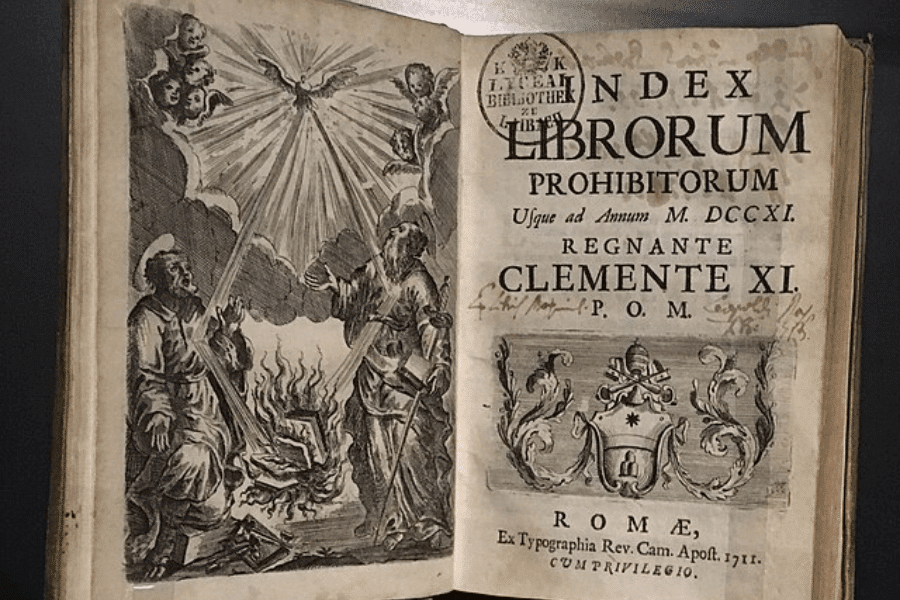Beneath towering cathedrals and centuries-old rituals lies a world of silence, secrets, and shadow. The Vatican isn’t just a symbol of faith—it’s a fortress of power, hiding stories that defy belief. Prepare to uncover what history books left out, and step into the Vatican they never wanted you to see!
The Vatican Is a Sovereign Country That Issues Passports, Coins, and Stamps
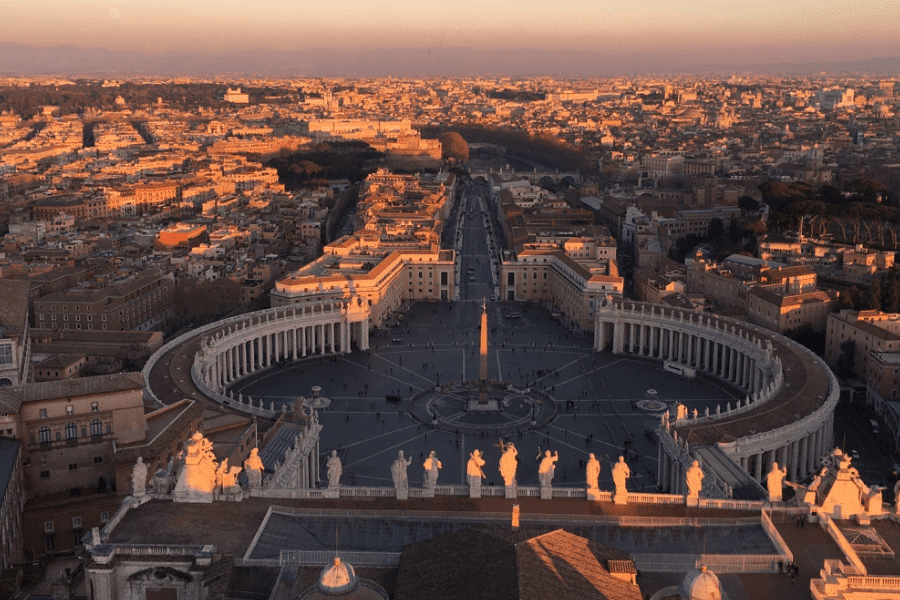
Yep, the Vatican is its own micro-nation. Think Monaco, but with way more Latin and far fewer casinos. It’s 0.49 km² of divine real estate where every corner has a painting worth more than your student loans.
They print their own stamps, issue passports, and even mint coins—but don’t get excited, those euros won’t buy you salvation (or a good espresso in Rome). And no, you can’t Airbnb there, unless you’re secretly the Pope.
Despite being the world’s smallest country, it’s packed tighter than a nun’s diary—residents include a few cardinals, some nuns, Swiss Guards, and a whole lot of secrets stored in the archives.
Pope Francis Chose to Live in a Guesthouse Instead of the Apostolic Palace
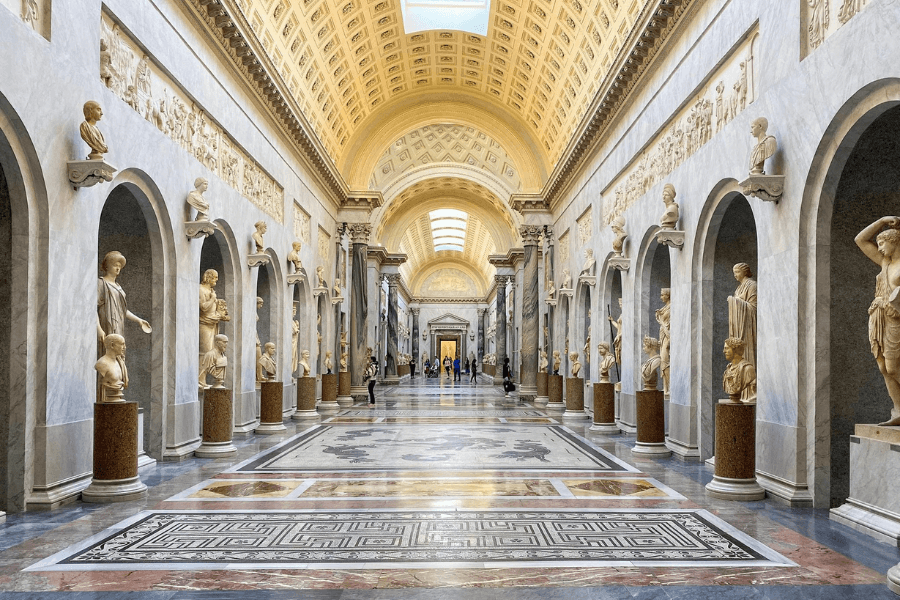
The Pope resides in the Apostolic Palace, which is basically a palace within a palace. It’s like if Buckingham Palace had a cousin who read Latin and glowed in candlelight.
Inside, there are over 1,000 rooms, a private chapel, and possibly a Batcave—we can’t confirm, but wouldn’t that be cool? The place screams “celibate royalty.”
Interestingly, Pope Francis opted to live in a much simpler guesthouse called Casa Santa Marta. Translation: “Pope’s Airbnb.” He’s traded tapestries for IKEA vibes—but don’t worry, the Swiss Guards still watch the door.
The Swiss Guard Serves as the Vatican’s Official Military Force (Don’t Underestimate Them)

Ah, the Swiss Guard! They’re basically the Vatican’s private bouncers—trained in martial arts, fluent in languages, and dressed like they lost a bet with Shakespeare.
The fashion disaster? Blame Michelangelo. Okay, not really—but someone in the Renaissance definitely had a sense of humor when designing that peacock cosplay.
They may look like human piñatas, but these guys are seriously elite! You need to be Swiss, Catholic, male, and willing to wear tights for the sake of world peace. That’s dedication.
The Vatican Apostolic Archive Is Restricted to Authorized Scholars

Behind highly secure (and suspiciously dramatic) doors lies the Vatican Apostolic Archive. Think Area 51 but with more Latin and fewer UFOs—probably.
Rumors say it contains everything from ancient heresies to juicy medieval scandals. Want to read letters from Michelangelo begging for cash? Boom. They got it!
But unless you’re a credentialed scholar with Vatican-approved patience, you ain’t gettin’ in. Dan Brown wasn’t lying—this place has more locks than a teenager’s diary.
Vatican City Has the Only ATM That Offers Latin as a Language Option

Yep! The Vatican has an ATM that speaks the language of Cicero, confusing undergrads. Nothing says “modern banking” like withdrawing €20 while being scolded in a dead tongue.
You can also choose to hear your balance in Latin, which is a poetic way of being reminded you’re broke. “Nil in ratione tua pecuniae est.”
It’s the only one of its kind in the world, and honestly, the most on-brand tech flex since the Pope started tweeting.
The Vatican Operates an Astronomical Observatory in Arizona

When you think “Vatican,” you probably don’t think “space nerds,” but surprise! They own an observatory in Arizona called the Vatican Advanced Technology Telescope (VATT).
Apparently, you can worship God and study quasars. Multitasking at its finest. Galileo would be—let’s say—mildly amused.
This stargazing side hustle lets them keep an eye on celestial bodies… You know, in case Jesus decides to re-enter Earth’s atmosphere dramatically.
Vatican City Has the World’s Highest Crime Rate Per Capita Due to Tourism
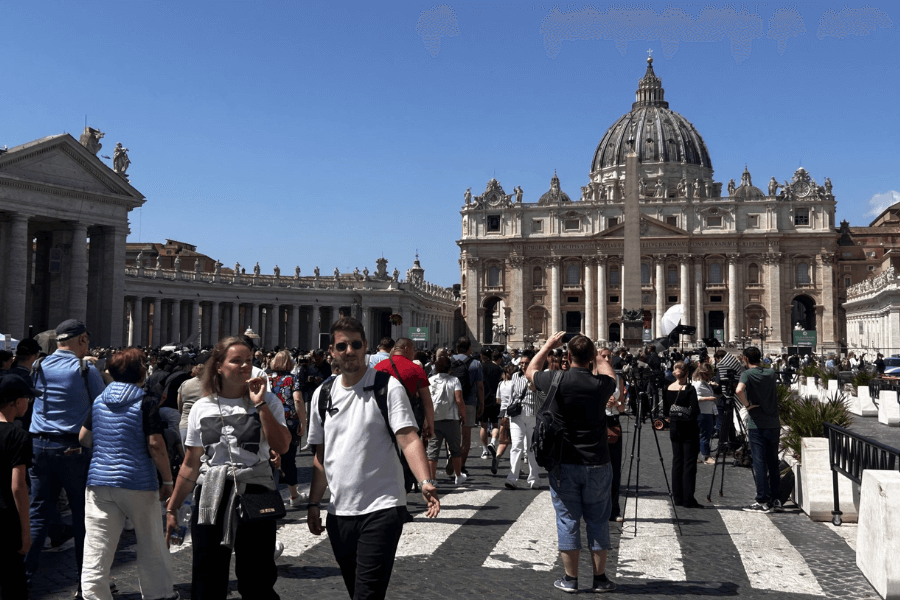
Before you pack holy water for protection, let’s clarify. The crime rate is high per capita because only about 800 people are living there. So if two tourists shoplift a rosary, that’s already a felony frenzy.
Most crimes involve pickpocketing, and most perpetrators are tourists who were too enchanted by the stained glass to notice their wallet walk away.
So yes, technically it’s a hotbed of criminal activity—if by “criminal” you mean “forgot to pay for a souvenir magnet.”
Deceased Popes Are Buried in the Crypt Beneath St. Peter’s Basilica
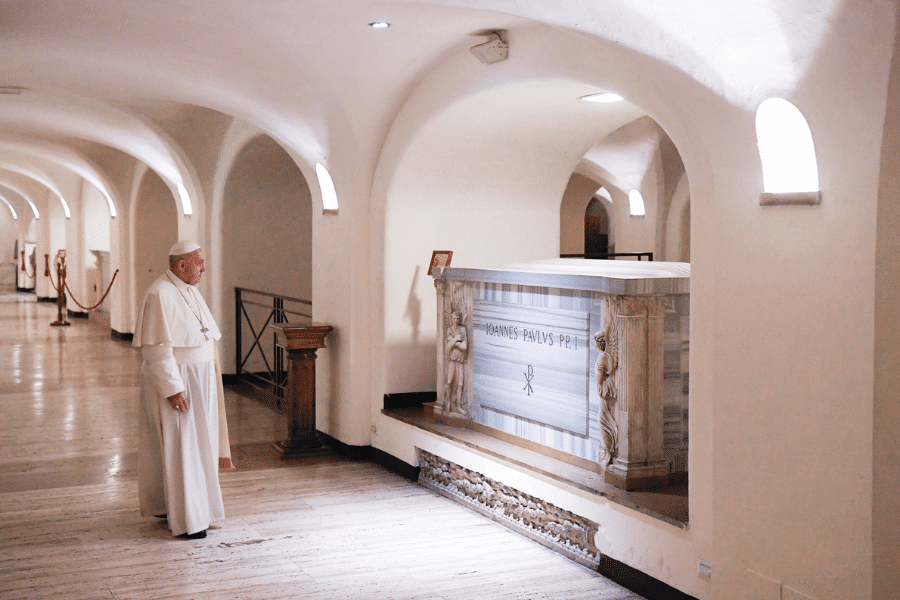
Under St. Peter’s Basilica lies the Papal Crypt, where past Popes are buried in ultra-exclusive holy real estate. It’s basically the VIP lounge of Catholic eternity.
Each tomb is more dramatic than the last, with marble slabs and Latin inscriptions so intense they practically chant by themselves.
Visitors can wander through, whisper, and admire the intricate sarcophagi. This is an all-out “spiritual enlightenment” experience!
The Vatican Has an Independent and Highly Efficient Postal System

The Vatican has its own postal system—and it’s so fast and reliable, even Romans sneak across the border to mail letters. Divine intervention? Nope. Just really competent papal logistics.
Founded in 1929, the Vatican Post issues its own stamps and handles millions of postcards from tourists, hoping their grandmas receive “Greetings from Holy HQ.” It’s basically Heaven’s FedEx.
Their mailboxes are bright yellow and prettier than your entire neighborhood’s infrastructure. If you ever doubted miracles exist, just compare Vatican mail delivery to your local post office and be humbled.
Vatican Visitors Must Follow a Strict Dress Code

If you plan to visit the Vatican, your shorts better be longer than your conscience. No shoulders, no knees, and definitely no “hot girl summer” attire.
They take modesty seriously—showing too much skin might get you a Vatican-level side-eye from a nun with x-ray disapproval powers.
Please bring a shawl, wear a full-length skirt, or simply wrap yourself in a curtain, like a dramatic Renaissance painting. That’s the vibe they’re going for anyway.
St. Peter’s Basilica Was Built Over Saint Peter’s Burial Site

St. Peter’s Basilica isn’t just any church—it’s the Versailles of Catholicism, drenched in marble and drama. Every corner screams, “We worship here and commissioned the Renaissance to prove it.”
Built atop Saint Peter’s alleged grave, it’s the Vatican’s favorite tourist magnet. You’ll see architecture so dramatic, it makes Broadway jealous—and tourists taking selfies under the literal dome of salvation.
Michelangelo worked on the dome because, of course, he did. If you’re going to resurrect someone, might as well do it in style—with golden arches, holy echoes, and seventeen million cherubs.
Michelangelo Painted the Sistine Chapel Ceiling Under Papal Orders
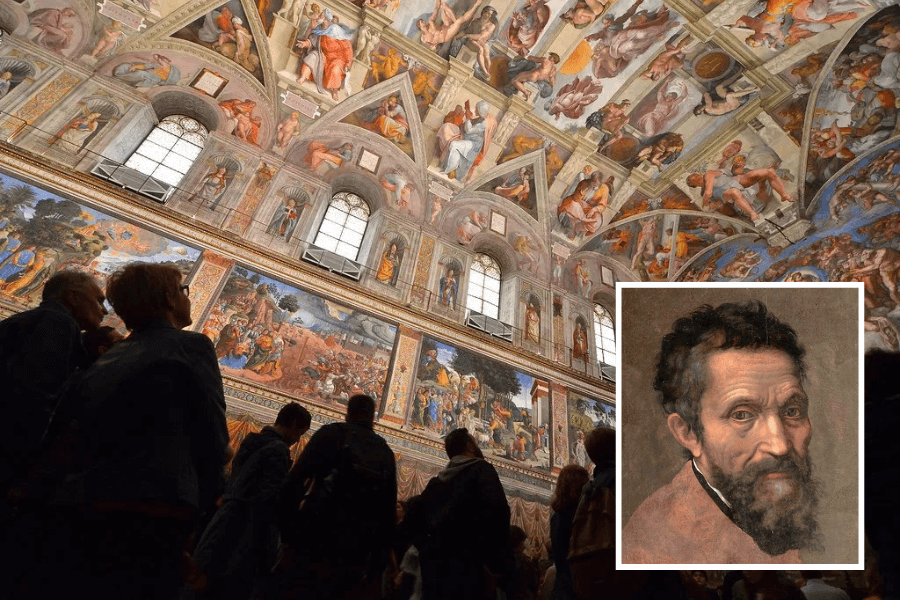
Speaking of Michelangelo, the Sistine Chapel ceiling wasn’t a labor of love—it was his reluctant revenge masterpiece! He was a sculptor who got voluntold to paint a ceiling. Lucky us, grumpy artists are magic.
He spent four years on scaffolding, contorted like a sad Renaissance pretzel. Chiropractors didn’t exist, but his bitterness clearly fueled every divine bicep on that ceiling.
It’s now the ultimate “accidental masterpiece.” Honestly, imagine being forced into a job you hate and accidentally inventing the most iconic ceiling in human history. That’s peak passive-aggressive art.
Vatican City Has Around 800 Residents But Receives Millions of Tourists
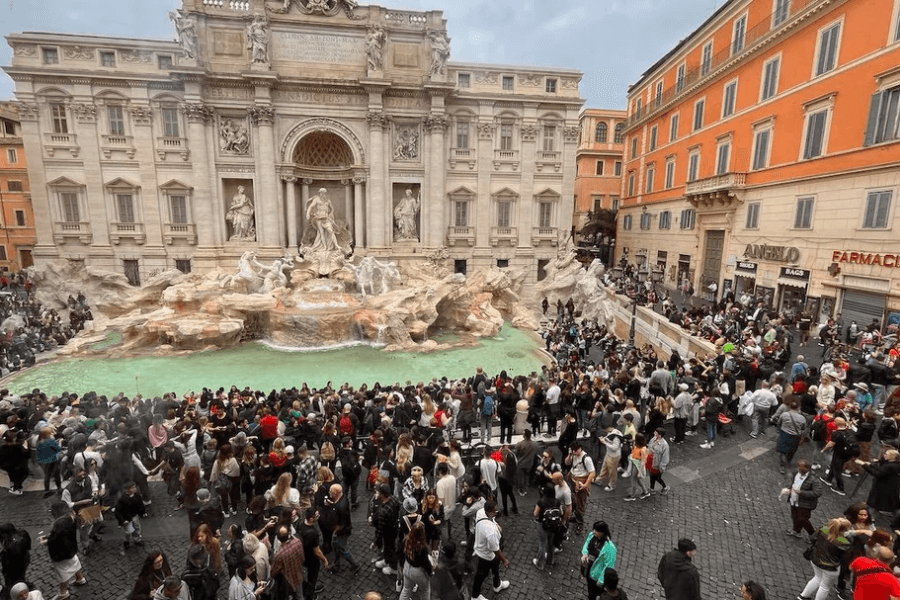
The Vatican has approximately 800 residents but hosts over 6 million tourists annually. It’s like inviting everyone to your house and then pretending you’re not home.
Citizens include clergy, the Swiss Guard, and a few officials—basically a monk-heavy HOA. Everyone else? Gawking, snapping photos, and wondering why they wore sandals on a marble floor.
If introverts designed countries, it wouldn’t be this. But the Vatican thrives on foot traffic, museum tickets, and the occasional “accidental” shoulder exposure scandal at St. Peter’s.
The Vatican Pharmacy Provides Specialized Medications Unavailable Elsewhere
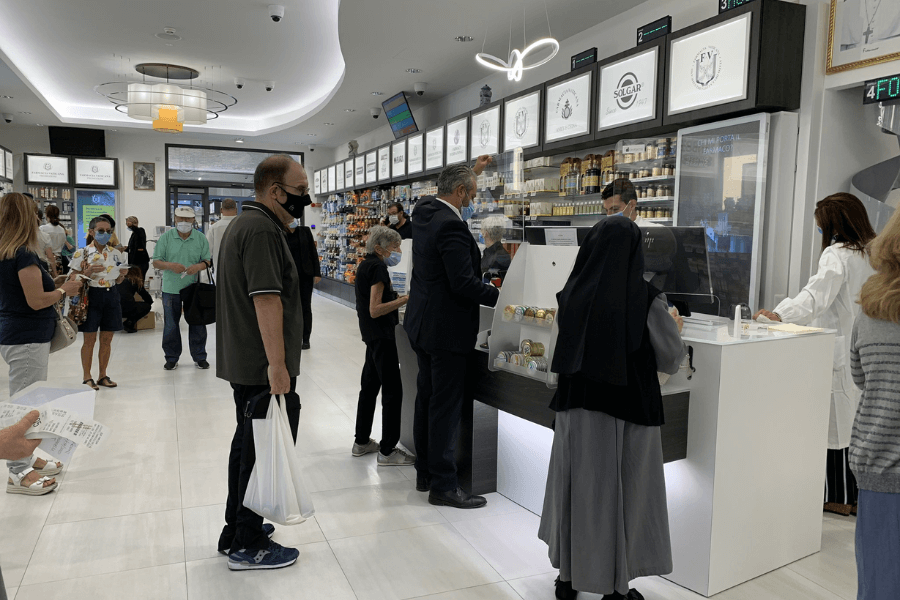
Run by monks in lab coats, the Vatican pharmacy is where divine healing meets old-school apothecary vibes. It’s like Walgreens, but holier and with way more Latin on the labels.
Locals and tourists line up for rare meds you can’t get in regular Italy. Want medieval ointments and modern steroids? Vatican’s got you, baby!
And no, you can’t buy holy water in a spray bottle… yet. But give the marketing team a minute—they’ve already nailed the “sacrament meets science” aesthetic.
Vatican Radio’s Broadcasts Once Interfered With Local Electronics
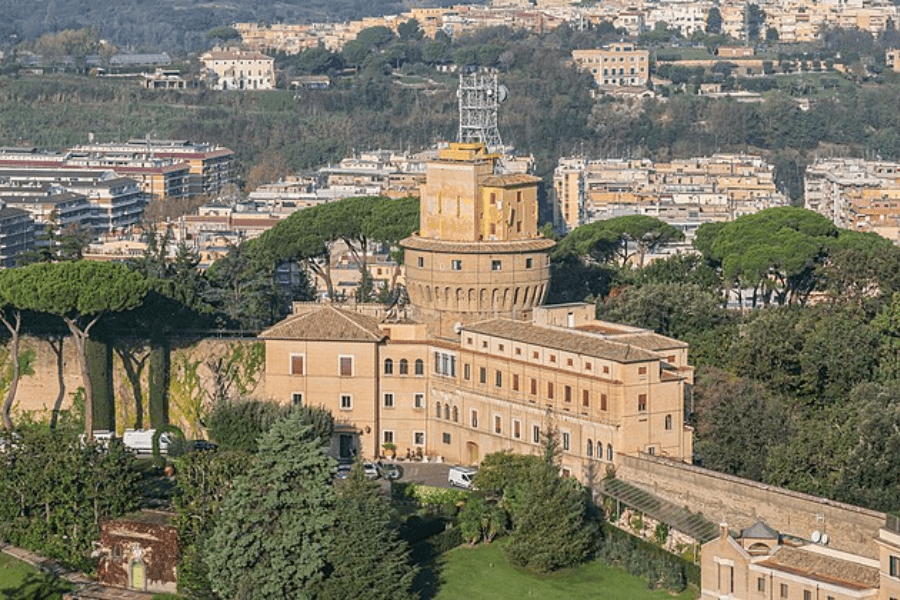
In the 2000s, Vatican Radio broadcast signals so strong that nearby electronics went bonkers! TVs glitched, lights flickered, and conspiracy theorists reached peak enlightenment.
Residents complained that their pacemakers were playing Gregorian chants. Rome’s courts eventually told the Vatican to reduce the frequency, or at least stop interfering with nearby Wi-Fi.
Imagine trying to watch Netflix and accidentally summoning a Mass. Holy interference, Batman! The Lord works in mysterious, occasionally disruptive ways, often through AM frequencies.
Vatican City Has No Prison System and Transfers Serious Offenders to Italy
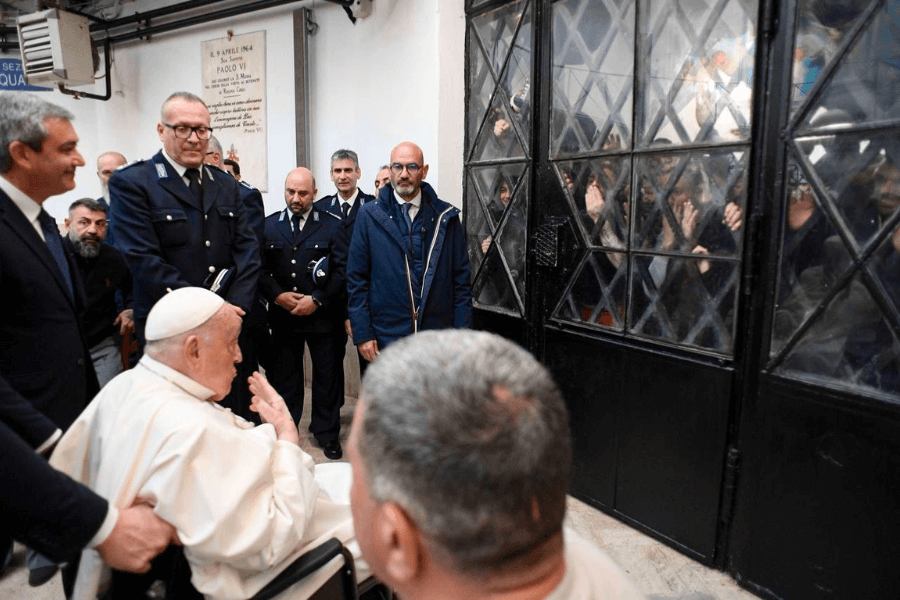
Crime in Vatican City is mostly pickpocketing tourists, who are often too distracted by the frescoes to notice their wallets vanish. Big crimes? They outsource those to Italian authorities. Outsourcing: even sin management uses it.
They technically have one “detention room,” but it’s more “talking-to-by-a-priest” than “orange jumpsuit.” No barbed wire, just guilt and possibly a psalm.
Yes, you can get arrested in Vatican City. However, you will likely be handed over paperwork and polite disappointment. Not quite Law & Order: Basilica Unit.
Vatican Euro Coins Are Issued in Limited Quantities and Sought by Collectors
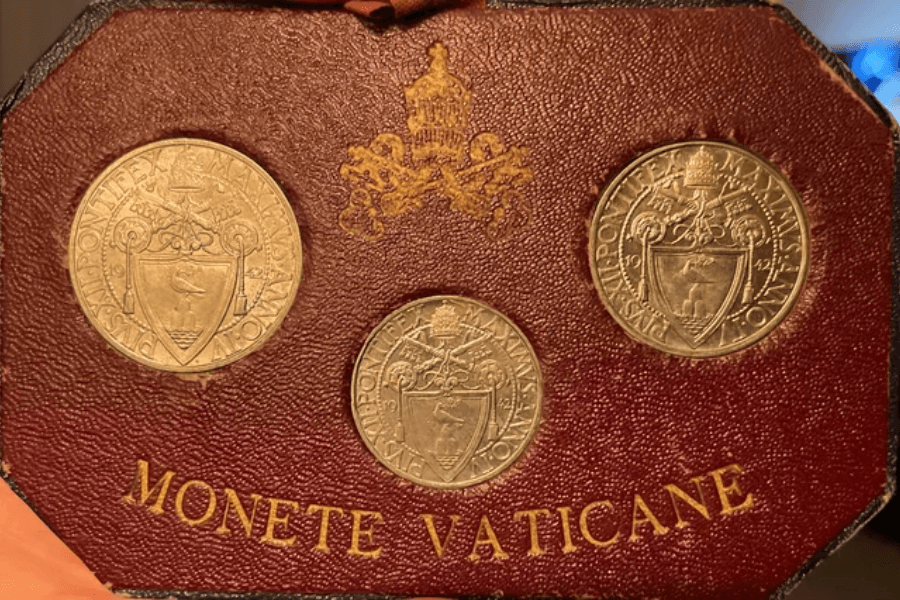
Vatican euros aren’t just money—they’re holy collectibles. They feature the Pope’s face, because obviously your wallet should have spiritual guidance printed on shiny metal.
They’re legal tender across the Eurozone, but don’t be the clown who spends them on pizza. These babies are collector gold—literal church-approved bling.
Tourists hoard them like relics. “I paid €5 for this gelato… and lost €50 in spiritual numismatics value.” Good job, pilgrim.
The Popemobile Was Designed to Safely Transport the Pope in Public
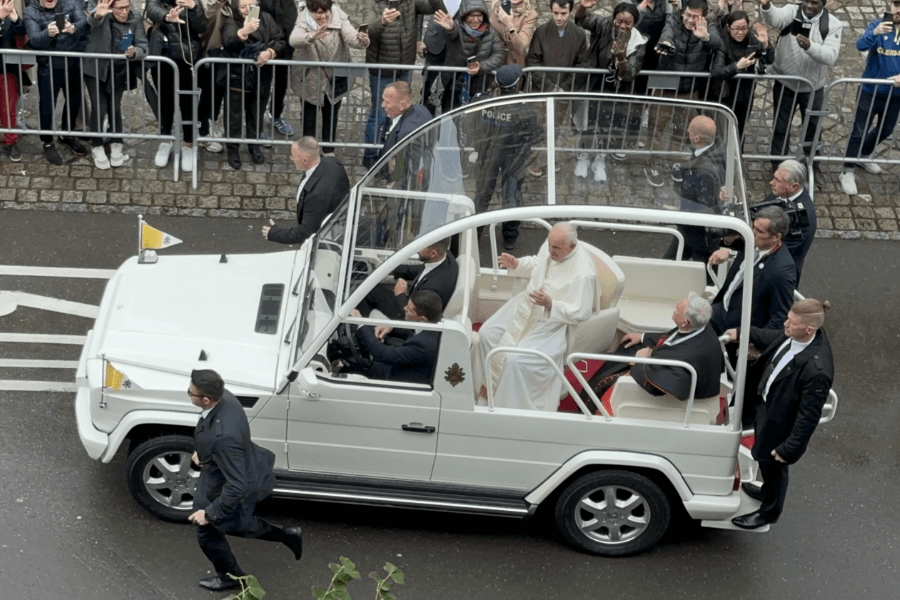
The Popemobile isn’t just transportation—it’s a glassy, God-approved chariot. Picture a golf cart merged with the Batmobile, but instead of crime-fighting, it’s for waving at cheering crowds.
Popes have used everything from Fiats to Mercedes-Benz. Some models resemble space pods, while others resemble safari trucks for salvation.
It’s designed for maximum visibility and minimum assassination attempts. If that’s not holy carpooling innovation, what is?
Residents of Vatican City Are Exempt From Paying Income Tax
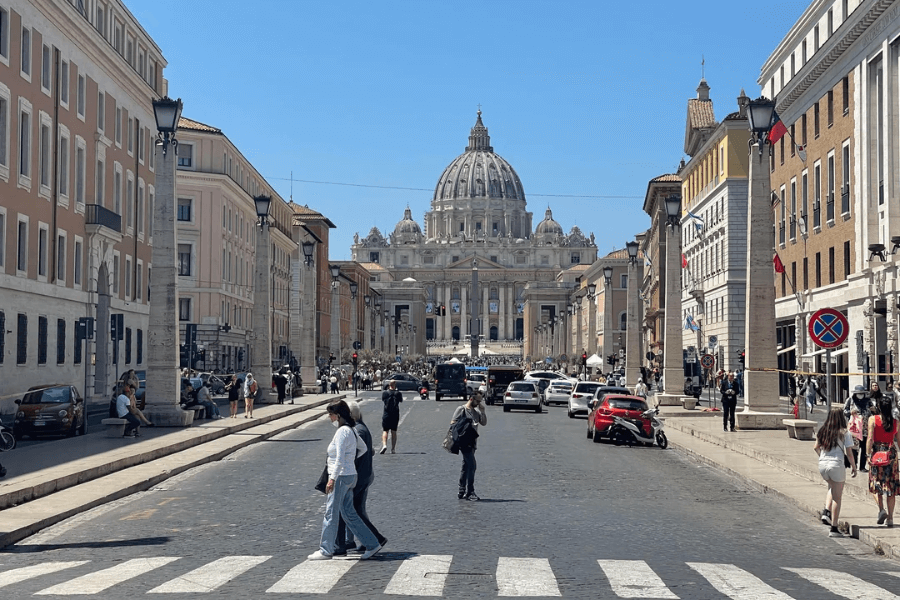
Tax season in Vatican City? Doesn’t exist. Residents don’t pay income tax, proving once again that being holy is the ultimate tax shelter.
All revenue is generated from donations, museum entry fees, and merchandise sales. It’s like Disney World, but your ticket helps restore 15th-century ceiling art.
No taxes, no problem—unless you’re trying to explain this to your accountant while sobbing over TurboTax.
The Vatican Museums Contain Over 7 Kilometers of Art and Artifacts
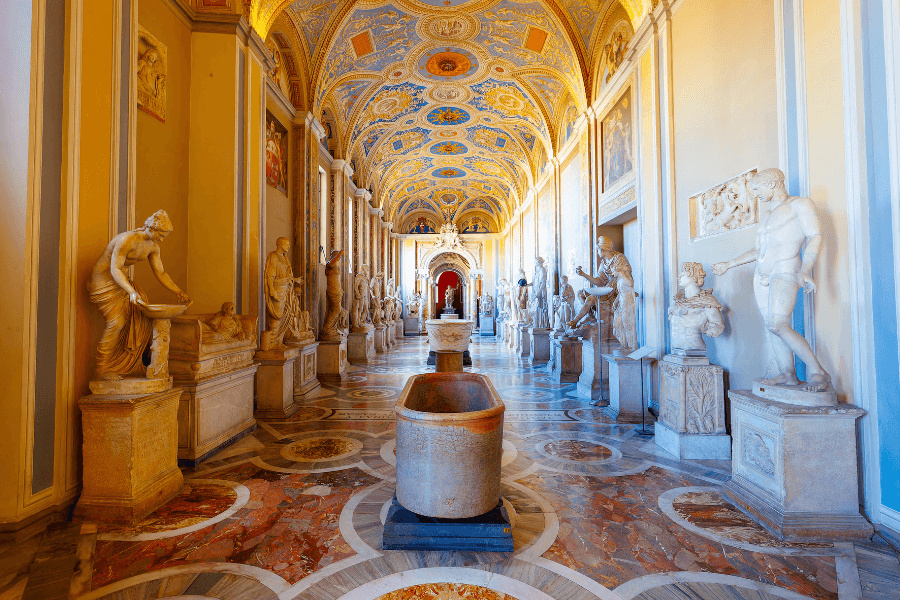
The Vatican Museums aren’t just museums—they’re an art labyrinth where your soul ascends while your feet beg for mercy. With over 7 kilometers of exhibits, it’s basically the Louvre, but Latin.
They contain priceless works from Ancient Egypt to the Renaissance, including sculptures, tapestries, and an abundance of religious iconography that would bless a continent. (Also, good luck finding the bathroom!)
Most visitors stumble through on a mission to reach the Sistine Chapel. Still, along the way, they are spiritually and visually overwhelmed by centuries of popes hoarding fine art like divine treasures.
Papal Elections Are Held in a Conclave With Smoke Signals Indicating Results
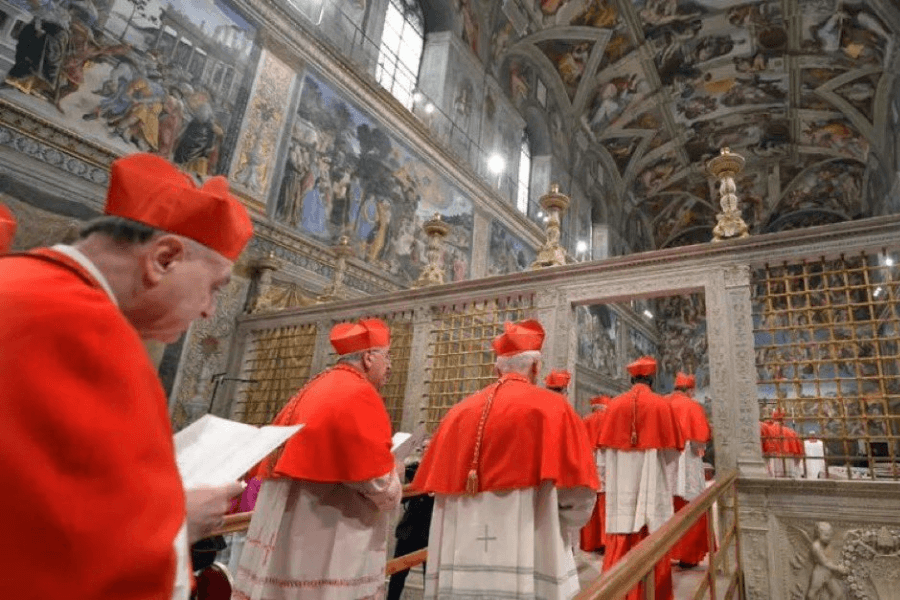
When the Pope dies or resigns, cardinals are locked in the Sistine Chapel for a conclave. It’s basically Catholic Survivor: Vatican Edition.
No phones, no gossip, just ballots and back-to-back Mass. The vibes? Cloistered intensity and the occasional awkward eye contact.
White smoke means a new pope. Black smoke means try again. It’s the most dramatic smoke signal since teenagers started vaping.
The Pope Uses a Ceremonial Throne for Official Occasions
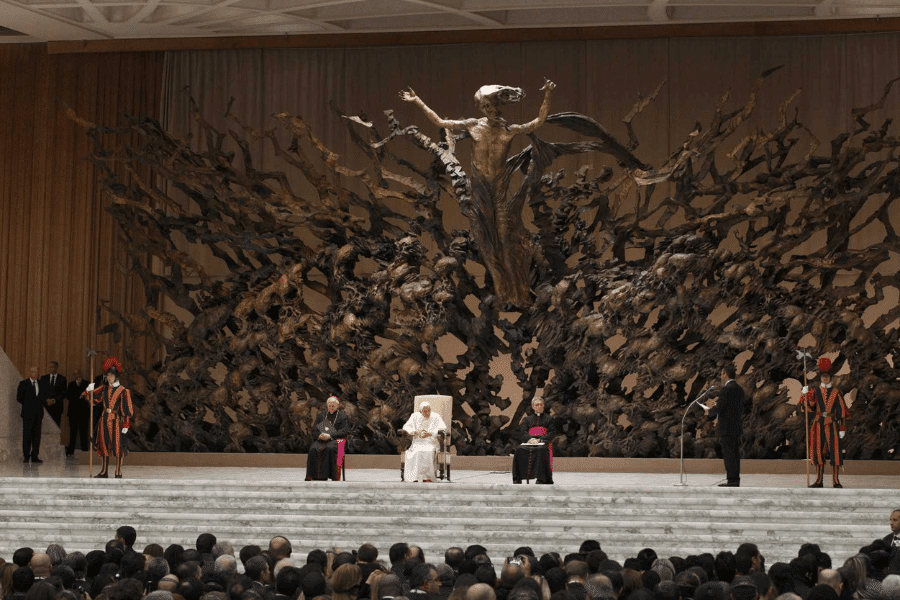
The Pope has a throne, and yes, it’s every bit as regal and over-the-top as you imagine. Forget your office chair—this thing is basically a celestial La-Z-Boy, minus the recline function.
Made from wood, gold, and several centuries of theological swagger, the throne gets wheeled out during official ceremonies like a royal show pony. It’s tradition with a side of antique drama.
While most of us fight over aisle seats, the Pope lounges on his elevated pedestal of spiritual authority, reminding everyone who’s the spiritual boss. It’s less about comfort, more about flexing for the Kingdom of Heaven.
The Vatican Once Operated a Phone Line for Exorcism Requests
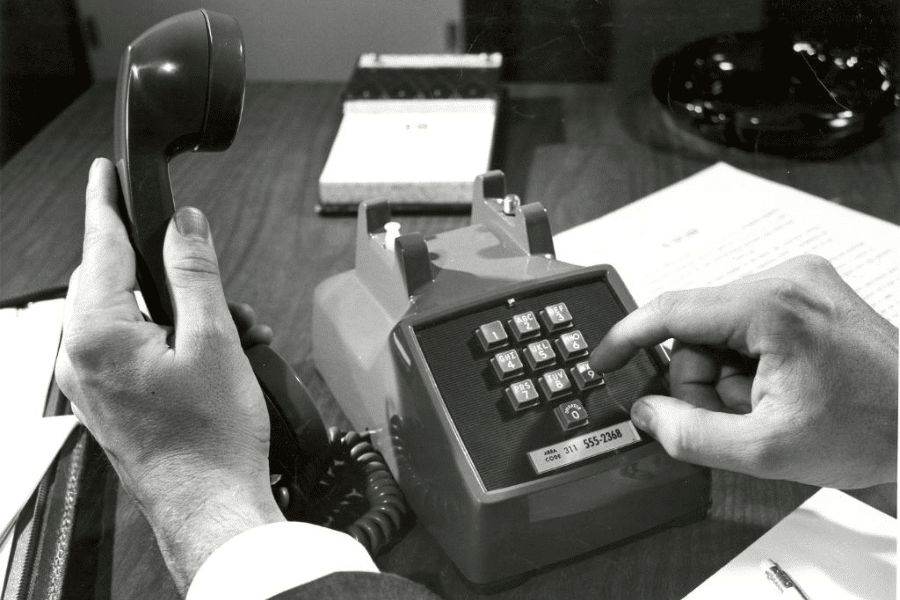
Yes, the Vatican once had a phone line where you could report a demonic possession like it was a customer service complaint. “Hello, yes, my child’s head is spinning again.”
The hotline was flooded with callers hoping to evict their personal demons, often literally. Some calls were serious, some were… deeply caffeinated conspiracy theorists. Either way, the Church had a list.
Now they’ve streamlined exorcism requests through local dioceses—basically ghostbusting with holy water and bureaucracy. If you’re haunted today, it’s a “contact your parish priest” situation, not a call to the Vatican emergency.
Vatican Law Is Based on Canon Law and Papal Decrees

Vatican City has its own legal system, which is a unique blend of canon law, papal decrees, and some borrowed Italian laws. The legal handbook probably weighs more than your dog.
They have judges, a tribunal, and laws governing everything from blasphemy to banking. Yes, you can be spiritually AND legally in trouble for the same thing. Double judgment, anyone?
If you’re accused of a crime there, expect Latin-laced legalese, solemn robes, and absolutely no plea deals over espresso. Divine justice comes with a paperwork pile taller than St. Peter’s dome.
Pope Urban VII’s Papacy Lasted Only 13 Days
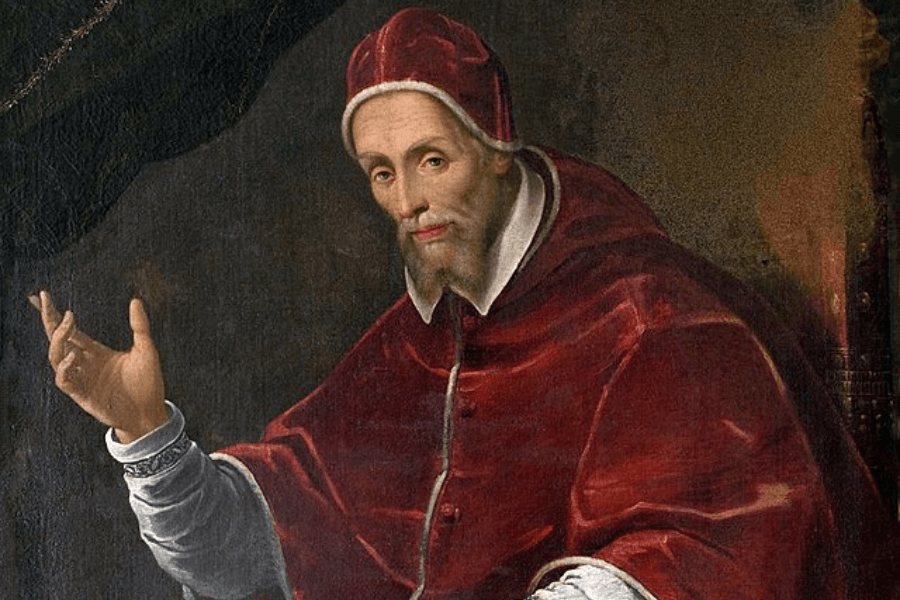
Pope Urban VII was elected, blessed, and then tragically died after just 13 days. Didn’t even get his papal robes tailored before meeting his maker. Talk about a holy speedrun.
He never got crowned or ruled—just coughed, prayed, and peaced out. That’s the shortest papacy on record. Honestly, it’s the celestial equivalent of a trial subscription.
Despite his blink-and-you-missed-it reign, he still scored a fancy tomb. Because once you’re Pope, even briefly, marble immortality is part of the perks package.
The Vatican Library Houses Over 80,000 Rare Manuscripts
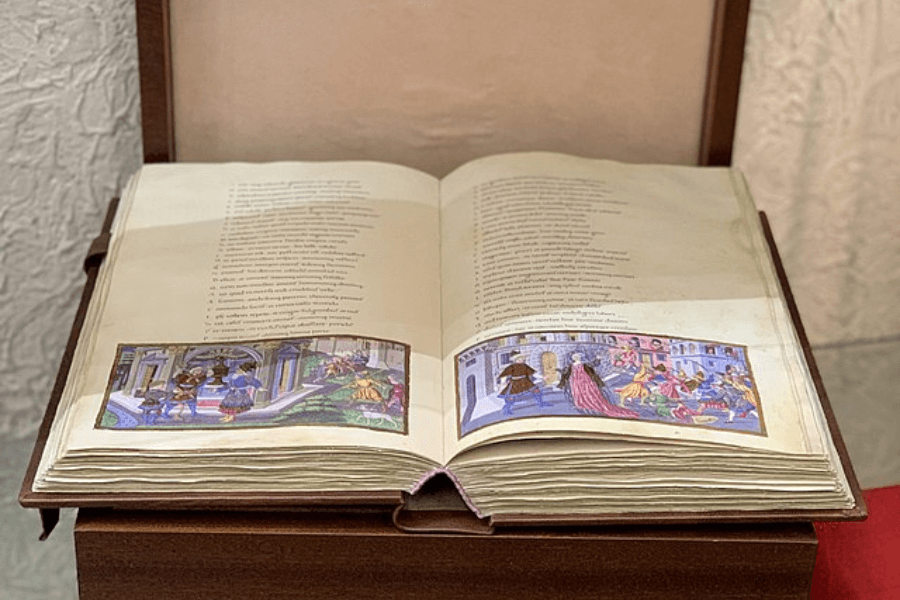
In the Vatican Library lie over 80,000 rare manuscripts, some of which are so old that they are held together by prayers, dust, and sheer theological willpower.
These texts include biblical commentaries, ancient astronomical charts, and heretical rants from individuals who were not canonized. Think Indiana Jones, but more paperwork.
Access requires credentials and approval. No, your YouTube conspiracy channel doesn’t qualify. You can browse online, if you like deciphering Latin scribbles scanned from 14th-century scrolls.
The Pope’s Clothing Is Tailored by the Historic Gammarelli Shop
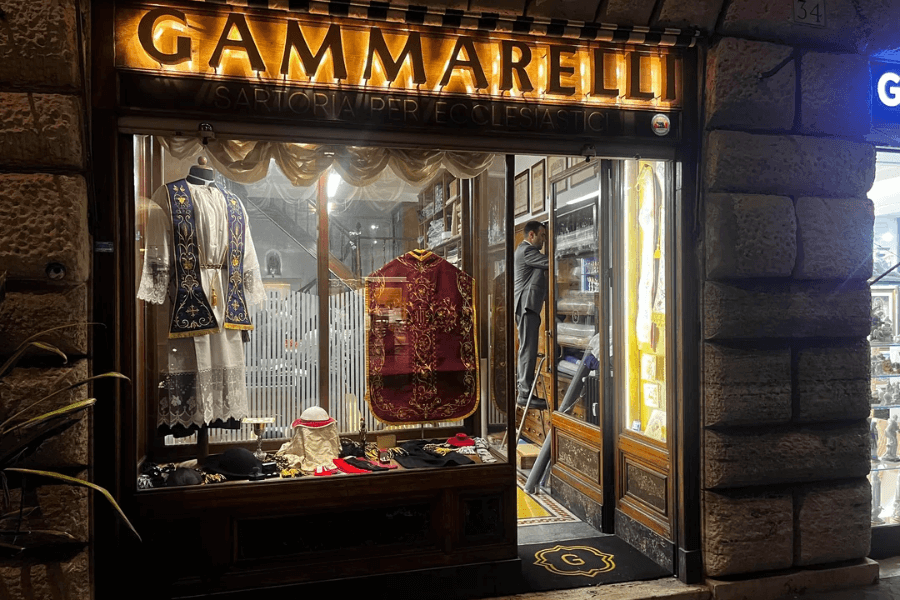
Papal couture is handled by Gammarelli, a tailor shop that has dressed Popes since powdered wigs were still in fashion. Each outfit is custom, immaculate, and blessed with centuries of clerical drip.
They create everything: cassocks, capes, and slippers you wouldn’t dare scuff. Nothing comes off the rack, because if you’re God’s spokesman, you don’t wear polyester blends.
It’s tradition-meets-runway. Next time you complain about ironing a shirt, remember someone irons the Pope’s silk robes—with fear of eternal damnation if they wrinkle.
The Vatican Calendar Follows the Liturgical Year

The Vatican technically follows Central European Time, but its calendar is a whole other beast. Think saints’ feast days, fasting schedules, and more Latin abbreviations than a Harry Potter spellbook.
Vatican life runs by liturgical rhythm—Advent, Lent, Pentecost—not your silly Gregorian deadlines. It’s a time warp powered by incense and tradition.
If your Vatican meeting gets rescheduled due to “Feast of St. Someone,” roll with it. God’s planner doesn’t operate on Google Calendar.
The Pope Communicates to the Public Through a Multi-Language Twitter Account

Pope Francis tweets from @Pontifex in nine languages. That’s right—he’s probably tweeting about compassion while you’re subtweeting about your ex. Priorities, people.
His tweets are holy soundbites: short, wise, and emoji-free. Still, they garner millions of retweets because, apparently, divine insight fits neatly into 280 characters.
He may not post selfies, but he does drop the occasional mic on justice, mercy, and climate change. If there’s a thing called Twitter etiquette, he could teach us all how to behave there. Coughs.
Castel Gandolfo Served as the Papal Summer Residence Until 2016
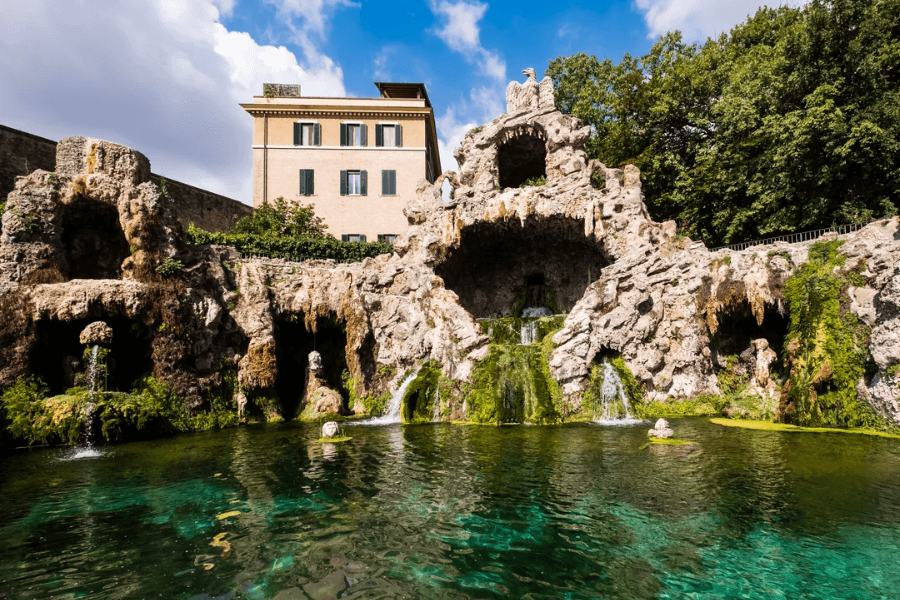
The Pope’s old summer home in Castel Gandolfo is essentially the Church’s most luxurious Airbnb. There’s a palace, a farm, and enough gardens to make Versailles feel insecure.
Popes used to retreat there for peace, prayer, and papal tanning sessions. It was a religious staycation—minus the beach towels and with more theological contemplation.
Now it’s open to tourists, so you too can peek inside the Pope’s old closet. Well, it’s just mostly white robes and judgment.
The Church Once Conducted Trials for Animals in the Middle Ages
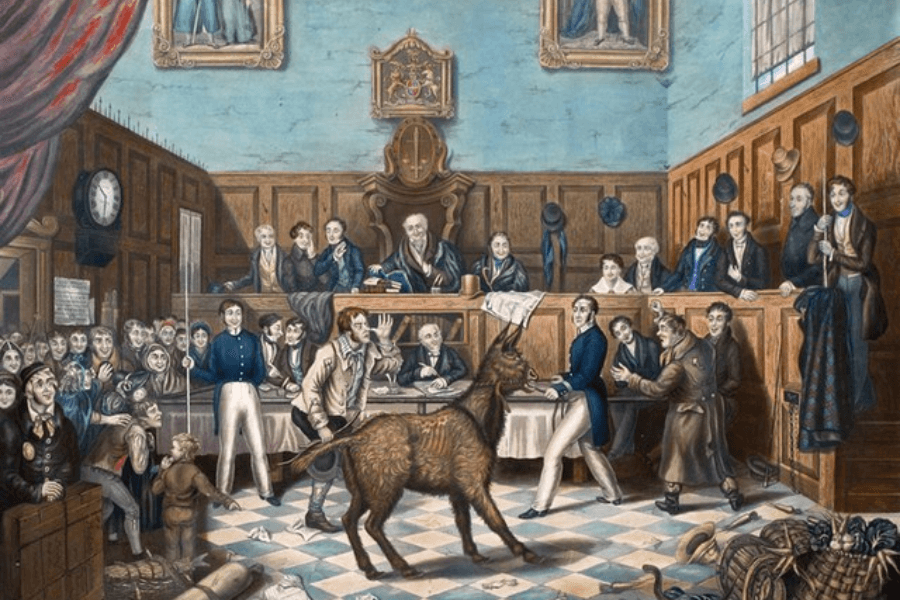
In the Middle Ages, the Church occasionally tried animals—yes, animals—for crimes ranging from property damage to demonic possession. Pigs, rats, and even locusts found themselves facing holy judgment.
These trials included actual lawyers and sometimes execution orders. Imagine being a monk cross-examining a goat accused of eating sacred vegetables! Medieval justice was, if nothing else, theatrical.
While this wasn’t exclusive to the Vatican, the Church’s legal influence made these trials disturbingly official. Moral of the story: eat the Pope’s tomatoes, and you might get spiritually evicted… even if you’re a squirrel.
The Vatican Museums Include a Section for Historical Papal Vehicles

Tucked within the Vatican Museums is the Carriage Pavilion, an exhibit dedicated solely to the style in which popes have traveled. It’s like ancient Uber Black with way more velvet and divine entitlement.
You’ll find golden carriages, vintage Popemobiles, sedan chairs, and vehicles so absurdly ornate they make royal processions look like pizza deliveries. It’s part history, part fashion show on wheels.
Each vehicle is a peek into papal luxury—because if you’re going to preach humility, you may as well ride in something gilded and four-horse-powered while doing it.
Latin Remains the Official Language for Vatican Documents and Communication
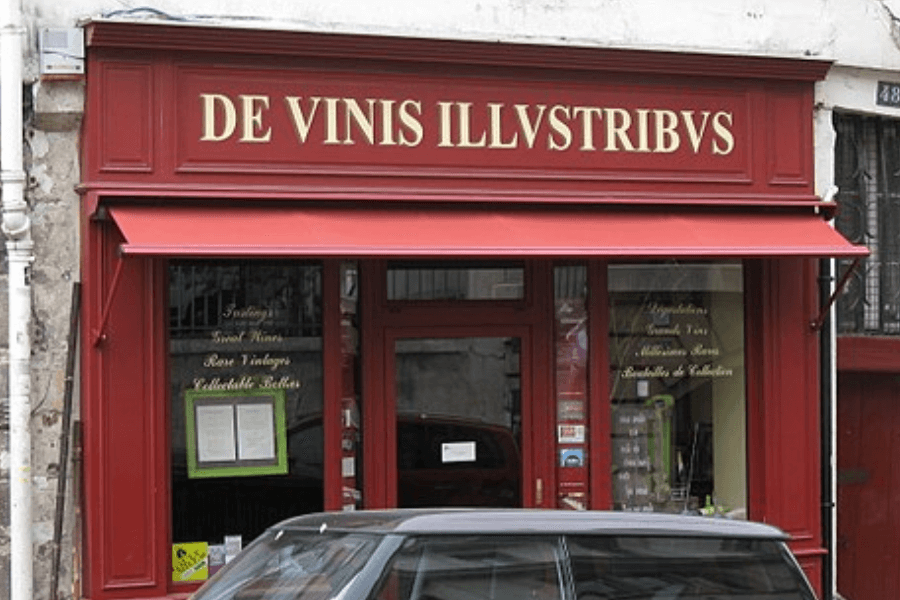
Latin may be dead everywhere else, but in the Vatican, it’s very much undead. Official documents, prayers, and witty holy burns still get composed in Caesar’s favorite tongue.
There’s even a Vatican office that invents Latin words for modern stuff. Like “interrete” for the internet. 21st-century like linguistic necromancy, eh?
So yes, while you struggled through high school Latin, the Pope’s legal team was over here casually debating exorcisms in it.
Vatican Citizenship Is Granted Based on Employment and Is Not Permanent
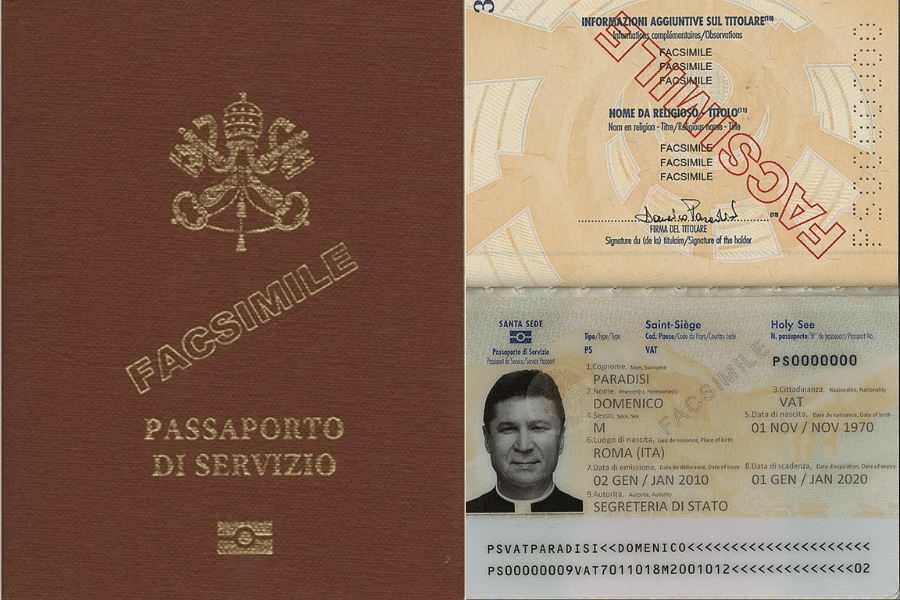
Vatican citizenship isn’t inherited—it’s granted based on your job. Be a Swiss Guard? Congratulations, you get holy documentation. Quit? That passport vanishes faster than communion wine at Easter.
There are only around 800 Vatican citizens at any given time. No, dual citizenship with Heaven doesn’t count. This is strictly clerical HR territory.
It’s one of the rarest passports in the world, and not just because it’s gold-trimmed and blessed. It’s because getting one requires divine-level networking.
The Vatican Flag Features Crossed Keys Symbolizing Papal Authority

The Vatican’s flag is yellow and white, square (not rectangular), and features crossed keys with a papal tiara. It’s like if Pirates of the Caribbean got baptized and joined the clergy.
The gold key symbolizes heavenly authority, silver for earthly power, and together they tell, “We hold the keys to everything, literally.” Subtlety is not a Vatican value.
As flags go, it’s iconic, sacred, and confusing to fold. But hey, when St. Peter founded your kingdom, your banner better bring divine drama.
The Vatican Has an Amateur Soccer Team Composed of Staff and Clergy

True, the Vatican has a soccer team. But it doesn’t compete in the World Cup. Unless heaven fields a squad, they stick to friendly matches and divine footwork.
Most players are priests, Swiss Guards, and Vatican staffers. Imagine playing against the Pope’s security while trying not to commit a foul that sends you to confession.
Their uniforms are basic, their training divine, and their goal? Fellowship. And maybe one day, to finally score against the Anglicans.
The Pope Was Once Carried on a Portable Throne Called the Sedia Gestatoria

Before Popemobiles, Popes were carried on something called the “sedia gestatoria”—a throne-on-sticks that made the Pope look like a spiritual Beyoncé entering Coachella.
Twelve men hoisted him up while others held massive feathered fans called flabella. What is humility if not being wafted with ostrich plumes?
Pope John Paul I was like “Nah,” and canceled the ride. But let’s be honest, if anyone deserves a royal lift, it’s the guy blessing 1.3 billion people.
The Vatican Once Maintained a List of Banned Books, Including Some by Saints

For centuries, the Vatican maintained the Index Librorum Prohibitorum, a blacklist of books deemed heretical. It banned over 4,000 titles—including scientific works and writings by canonized saints. Holy irony, Batman.
Galileo, Copernicus, and even Descartes got their literary halos revoked. If your book mentioned heliocentrism or free thought, congratulations—it probably made the list faster than a teenage diary in a convent.
The Index was finally abolished in 1966, which is adorable because most people had already started ignoring it. Still, it’s a wild reminder: even saints can get canceled.
Michelangelo Wrote Letters Requesting Payment for His Work on St. Peter’s
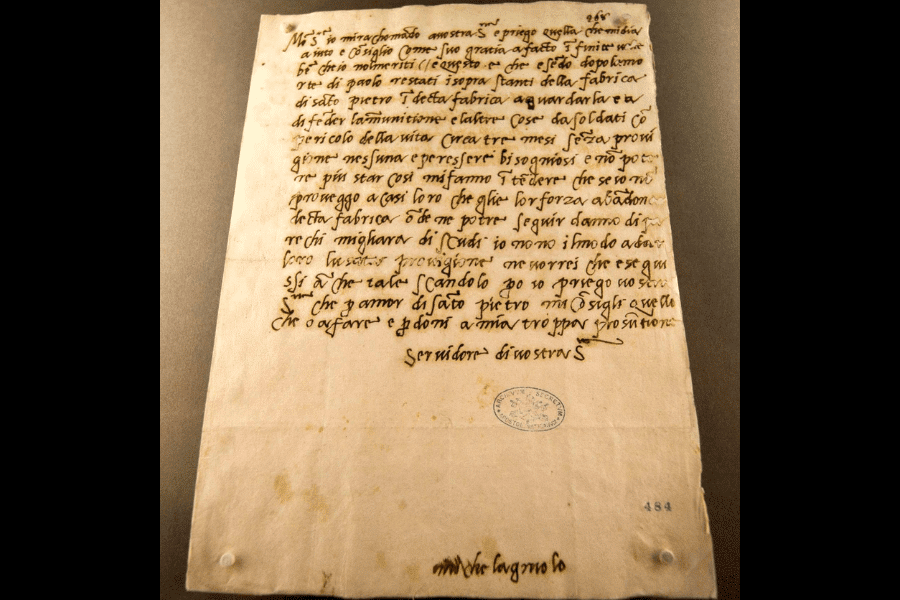
Even Michelangelo couldn’t escape the grind. In the Vatican archives, there is a letter in which he essentially begs the Pope for money. Artistic genius, meet unpaid invoice.
He was working on St. Peter’s and needed funds. His letter embodies the peak Renaissance freelancer energy: eloquent, dramatic, and full of subtly passive-aggressive subtext.
The Vatican probably paid him eventually, but it’s comforting to know even art legends had to chase checks. Welcome to the club, Mikey.
A Deceased Pope Was Put on Trial During the Cadaver Synod of 897

Yes, this happened. In 897, Pope Stephen VI dug up his predecessor, Pope Formosus, and put his literal corpse on trial. It was as grotesque as it was historically extra.
The cadaver was propped up in court, dressed in papal robes, and found guilty of… something papally scandalous. Then they tossed the poor guy in the Tiber.
This bizarre phenomenon is known as the “Cadaver Synod,” and it remains one of the most extraordinary episodes in church history. And that’s saying something.
The Passetto di Borgo Is a Hidden Passageway Linking the Vatican and Castel Sant’Angelo

The Passetto di Borgo is a walled passageway built for popes to flee the Vatican during emergencies—basically a papal panic tunnel with serious medieval drama vibes.
It was used in 1527 when Rome was sacked, and the Pope had to flee to Castel Sant’Angelo. God’s chosen, but still needed an escape hatch.
Today, it’s closed to the public, but tours are sometimes available. Because who wouldn’t want to walk in the footsteps of fleeing pontiffs?
The Pontifical Academy of Sciences Advises the Pope on Scientific Matters

The Pontifical Academy of Sciences includes Nobel Prize winners, astrophysicists, and biologists—because God’s fan club loves science, despite what your edgy cousin on Facebook claims.
Founded in 1603, the academy studies everything from evolution to AI, and yes, the Pope receives briefings, much like a Vatican version of Tony Stark.
So when people say the Church hates science, remind them: The Pope has scientists on speed dial. They probably also know how to bless a Bunsen burner.
A Papal Election in Viterbo Lasted Nearly Three Years Due to Deadlock
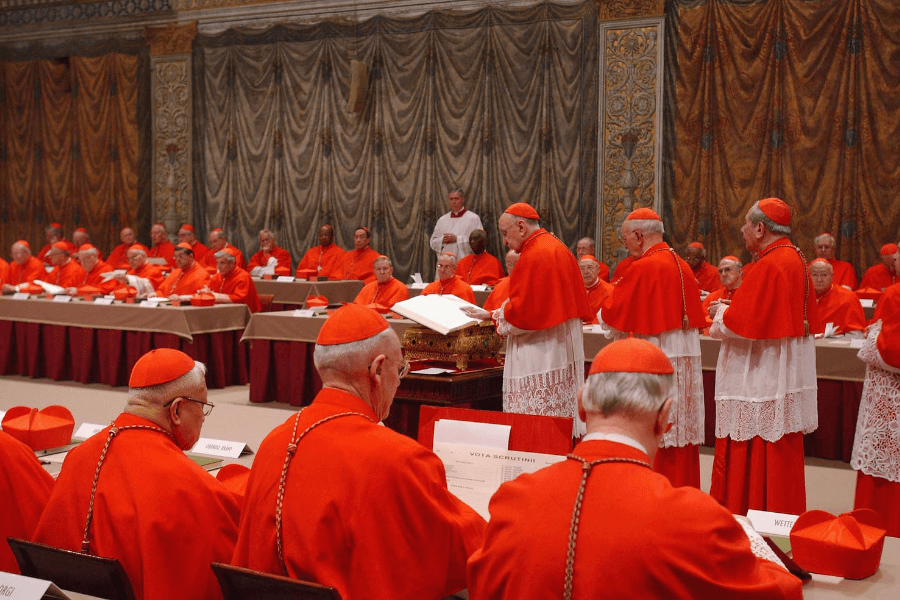
In 1268, a papal conclave in Viterbo dragged on for nearly three years. The cardinals couldn’t agree on a pope, so the locals got hilariously—and historically—fed up.
To speed things up, angry citizens locked the cardinals inside, cut their food supply, and even ripped the roof off the building so they’d stop stalling and start electing.
Under pressure—and probably sunburn—they finally chose Pope Gregory X. Lesson learned: if your church leaders can’t decide, extreme home renovation might just do the trick.
Brother Guy Consolmagno Is the Director of the Vatican Observatory

One of the Vatican’s top astronomers is literally named Brother Guy Consolmagno. He’s a Jesuit brother, planetary scientist, and co-owner of one of the best beards in theology.
He travels the world preaching that faith and science aren’t enemies. He also discovered an asteroid, which feels like a very “God saw it first” kind of vibe.
If Marvel doesn’t cast this man as a celestial sage, they’re missing out. Brother Guy is what you get when Bill Nye joins a monastery.
Vatican City Has the World’s Shortest Railway with Limited Use

Vatican City boasts a train station, with exactly one track and no regular service. It’s more of a ceremonial choo-choo than a practical commute option.
The railway connects to Rome and is primarily used for rare shipments or ceremonial papal journeys. Picture Thomas the Tank Engine, but with a theological twist.
It’s possibly the most charmingly pointless transportation system ever built. But if you’re gonna be a country, you need at least one train, right?
